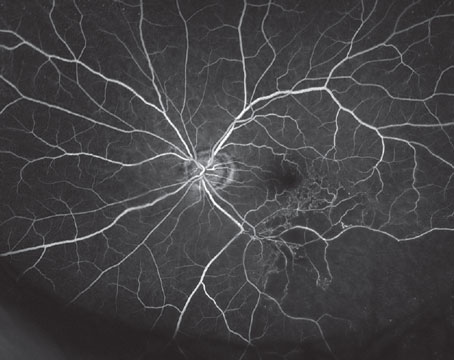A quote often attributed to President Franklin D. Roosevelt maintains, “A smooth sea never made a skilled sailor,” implying that if you want to get better at your chosen profession, you’ll need to face adversity and figure out a way to overcome it. Or, maybe you’ll fail, in which case American journalist John Hersey assures us, “Learning starts with failure; the first failure is the beginning of education.”
I’m sure cataract surgeons at the beginning of their careers, as well as seasoned veterans, not only see the wisdom in these words, but have lived them. Many of the innovative techniques highlighted in this month’s features no doubt grew out of a response to tough situations in the O.R., and produced better surgeons as a result.
For instance, because of having to contend with pupil issues during cataract surgery, rather than perfectly dilated pupils every time, surgeons and manufacturers were spurred to develop the pupil expanders and chemical dilating agents we have today. Because these options were developed, surgeons were ready for such surgical setbacks as intraoperative floppy iris syndrome.
In some cases, a surgical technique or technology that’s developed to facilitate one aspect of cataract surgery winds up being a valuable “utility player” that pays dividends in multiple areas. For example, bimanual cataract surgery, initially developed as a way to decrease the width of cataract wounds, and possibly get some fluidic advantages by separating the irrigation and aspiration into two different handpieces, may be a useful technique in patients with weak zonules.
“I used to just inject the CTR into the capsular bag as gently as possible,” says the University of California, Irvine’s Sumit (Sam) Garg MD, in the feature on complicated cataracts that begins on page 25. “Now, I’ve transitioned to a bimanual technique in which I use a Sinskey hook to stabilize the leading eyelet of the CTR. This allows me to place the CTR into the capsular bag even more gently.”
Physicians share even more techniques in our e-survey on cataract surgery on page 37, and experts discuss how the technology they use dovetails with their particular phacoemulsification styles in the phaco technology and technique article that opens on page 45.
When you look at the diverse range of cataract surgery techniques on display in this month’s features, it occurs to me we may have found a loophole in FDR’s aphorism: You don’t always have to face rough seas to be a better sailor—just listen well to the wisdom of the sailors who have.
— Walter Bethke
Editor in Chief







